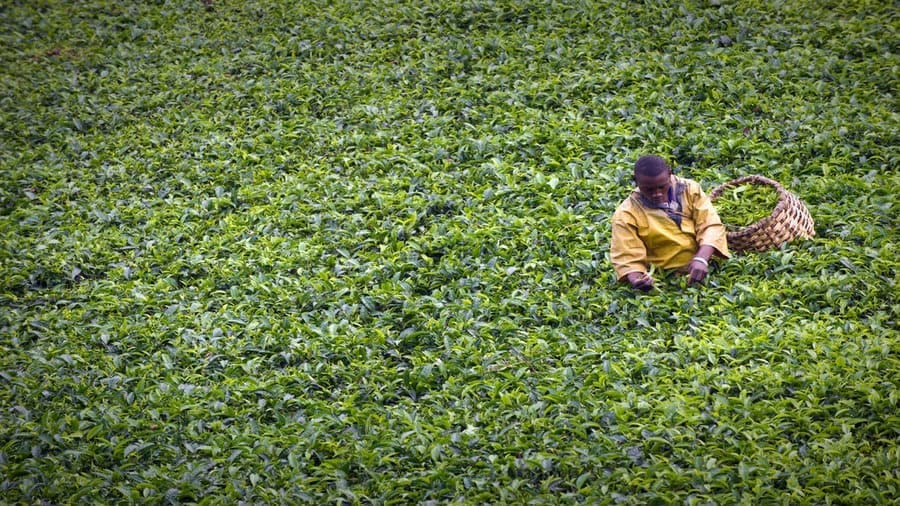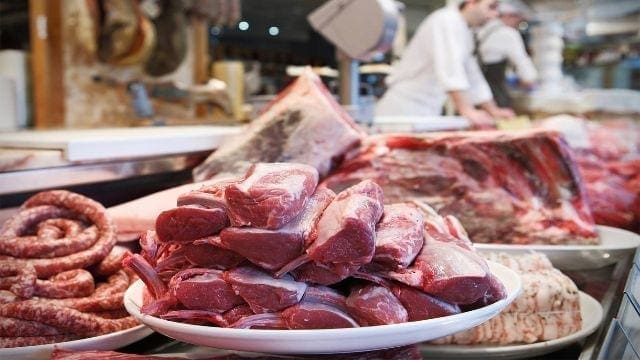RWANDA – Sorwathe company, one of the oldest tea companies in Rwanda has invested over US$1.12 million in a new green tea factory in Kinihira, Rulindo district in the country’s Northern Province.
The company will exclusively produce green tea to address the growing global demand, a report by Tea With Nipun reveals.
According to Sorwathe general manager, Rohith Peiris, the new plant will be able to supply tea according to buyer preferences and tastes, while satisfying the current global demand.
The new factory which has a capacity to produce more than 300,000 kilogrammes of organic tea expands the company’s operations in green tea both in Rwanda and the region.
While commissioning the new facility, company officials said the expansion will create more employment opportunities to farmers and other community members, in particular women.
With an increased production capacity, the company expects to earn about US$1.2 million in tea sales, given that the cost of one kilogramme of green tea is expected to be about US$4.
Founded in 1975 by Joe Wertheim, a former exporter of Kenyan and Rwandan teas, the company produces other varieties including orthodox (whole leaf tea), white tea, and black teas.
Andrew Wertheim, the Chairman of Sorwathe said: “When my father, Joe Werthiem, started Sorwathe in 1975, his vision was to improve the lives of people in surrounding communities through tea.
To achieve this goal, we want Sorwathe to be the most innovative tea factory in Rwanda.”
He said their vision is to become the most innovative company in producing orthodox tea, tea bags and packaged tea for retail sale.
It exports to the United States (US), United Kingdom (UK), Canada, Ireland, South Africa, Japan, China, Pakistan and France.
The company’s current overall capacity stands at 3.5 million kilogrammes made tea per annum, making it the largest producer in the country with about 15% of the country’s total production.
According to a Food and Agriculture Organisation May report, global tea consumption and production are projected to continue rising over the next decade driven by robust demand in emerging and developing countries.
The report suggests that global output of green tea is foreseen to increase at an even faster rate of 7.5% annually to reach 3.6 million tonnes in 2027, largely driven by China, where the production of green tea is expected to more than double.
Tea consumption has grown particularly rapidly in China, India and other emerging economies and this could be attributed to efforts to diversify production to include specialty items such as herbal teas, fruit fusions and flavoured gourmet teas.
In Africa, Rwanda leads the list of countries where consumption is expected to show higher growth at the rate of 9%, followed by Uganda, Kenya, Libya, Morocco and Malawi.











